Great White Sharks, Carcharodon carcharias, are the largest predatory fish that inhabit Earth. They can grow to 20 feet and weigh more than 2.5 tons. These endothermic (warm-blooded) fish are found in cool and tropical coastal waters around the world and have been tracked crossing entire oceans. Great White Sharks migrate across wider geographic areas than any other marine animal and have been tracked swimming from Newfoundland to Florida. This sleek grey shark gets its name from its white underbelly. They can travel at speeds up to 15 miles per hour and breach the surface when preying on a food source at the edge of the water.
Great White Sharks are carnivores. Their good sense of smell and ability to sense an animal’s electromagnetic field helps to locate their prey. Food consists of small fish, sea birds, seals, sea lions, and whales. Their 300 triangular teeth make it easy to hold their prey and rip it apart before swallowing the pieces whole. Researchers have learned that Great White Sharks are social animals. The scientists observed single sharks making a kill and sharing their meal with others. Humans are not on the Great White Shark’s menu. While some humans have been severely injured or killed, these incidents are extremely rare. It is now known that Great White Sharks will take a taste and quickly learn that humans are not suitable prey.
Females are larger than males and give birth to live young. During gestation, the mother does not feed her unborn via a placenta. Instead, she provides her young with unfertilized eggs. The new sharks are born as natural predators and will begin eating coastal fish immediately.
There is no accurate population count of Great White Sharks. They are currently listed as Vulnerable (VU A2bd) on the International Union for the Conservation of Nature’s Red List of Threatened Species. Threats include getting caught in fishing nets, inshore habitat degradation, and overfishing. Unfortunately, Great White Shark jaws and fins are often considered commodities. Killing Great White Sharks can be considered an achievement by unknowing or uncaring humans.
Every animal has an important role in our ecosystems. Refuse to buy animals parts. Educate other people about the importance of respecting Great White Sharks and why we need to peacefully coexist with them.
Photo Credit: Creative Commons ~Elias Levy
References:
National Geographic
Oceana
Marine Bio
Like this:
Like Loading...

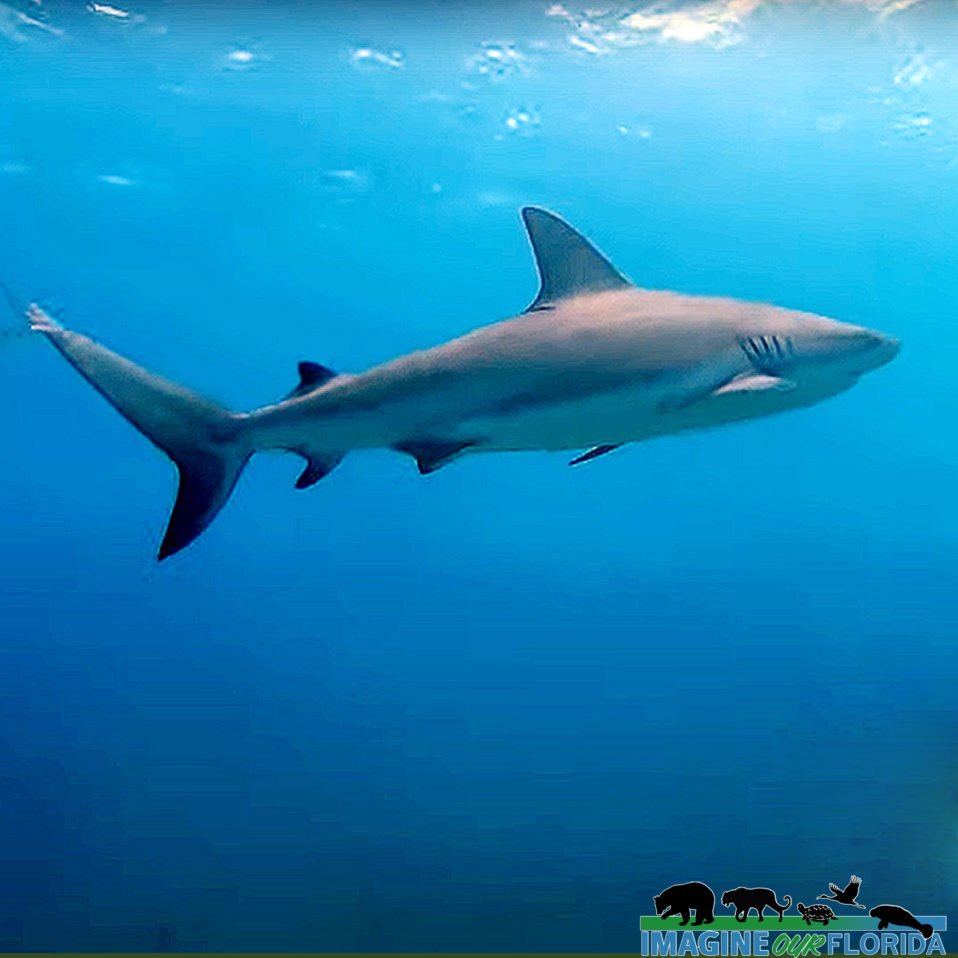
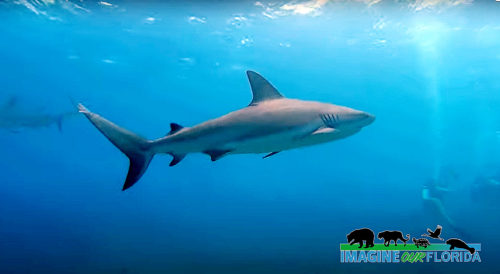
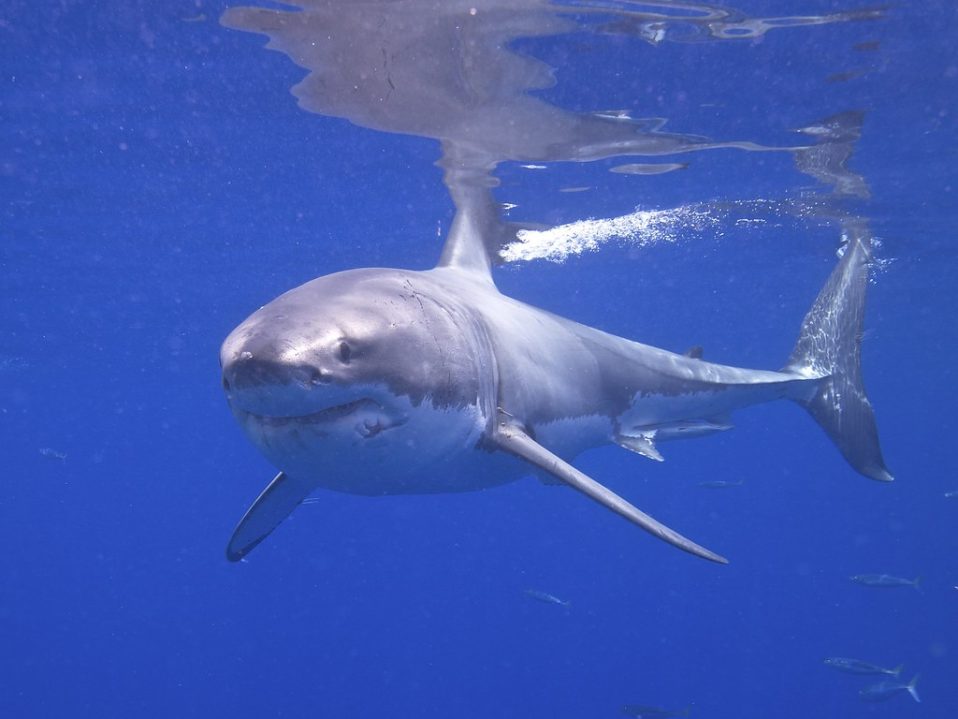
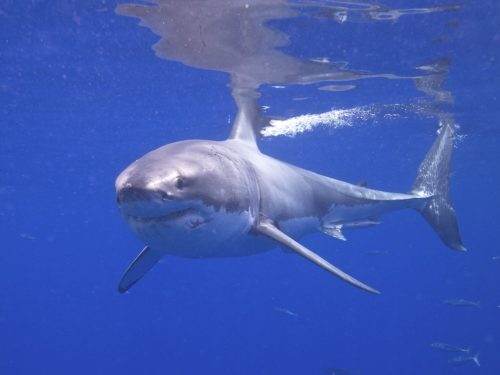
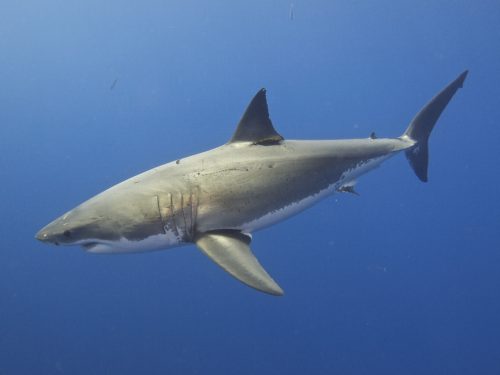
Recent Comments